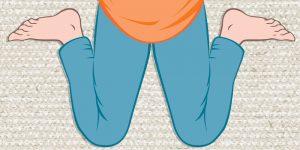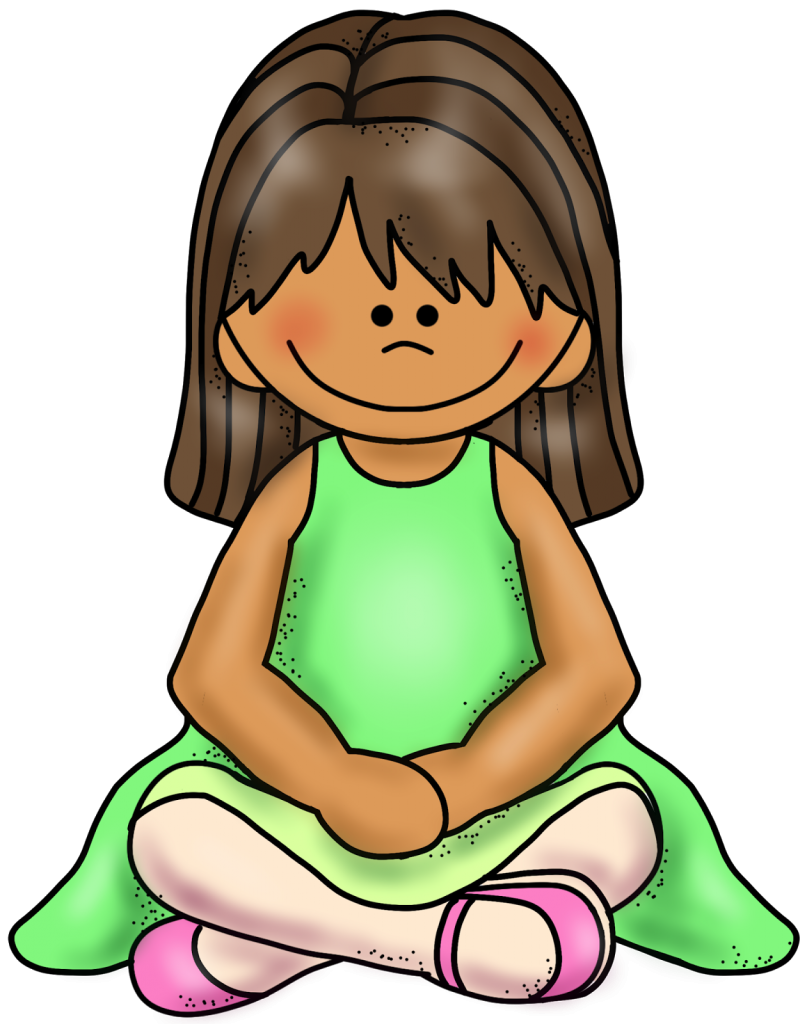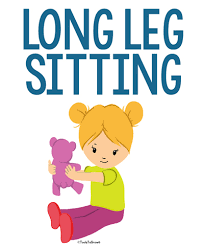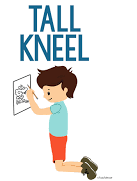What is “W” Sitting?

In sitting, a child sits on their bottom with their knees bent and feet positioned outside of their hips. Their bottom tends to sit on the floor, while their feet are splayed out to the sides; forming a “w” shape with the legs and knees1.
Why Should Parents Be Concerned if Their Child “W” Sits?
- Hip Dislocation:2
- “W” sitting places the hips at the limits of internal rotation (source)
- Leads to hamstring tightness and potential for contracture
- Puts child at risk of tibial torsion or in-toeing
- Poor Posture:
- Limited to no core/trunk activation leads to imbalances and weakness
- Pelvis tips backward, causing a c-curve rather than the natural s-curve
- Difficulty to transition in and out of developmental positions
- Limits Cross-Body Movements:
- Confines a child to play only in midline
- Creates difficulty with rotation of upper trunk and reaching across their body
Alternative Floor Sitting Positions




- Tailor Sitting aka “criss-cross applesauce” or “pretzel pose”
- Allows for more optimal positioning on the hip joints
- Allows for cross body movements
- Improves postural control and balance reactions
- Promotes transitioning in and out of various positions
- Side Sitting aka “Letter Z” or Legs to the Side
- Promotes upper extremity weight bearing
- Allows for ease of transitioning in and out of various positions
- Long Sitting aka “Letter L” or Legs in Front
- Activates core and trunk muscles
- Increased trunk rotation
- Allows for a hamstring stretch
- Tall Kneel
- Strengthens core and trunk muscles
- Promotes better pelvis and spinal alignment
- Allows for posture control
Does your child “w” sit? If you have concerns about your child’s sitting posture, reach out to us today and we can get you set up with a developmental physical therapist. They will be able to help answer all your questions, navigate alternative seating options, and give suggestions on activities to help promote core strength and posture control.
Sources:
- Pathways.org
- Dino PT
Photos: ClipArt + Pixabay
